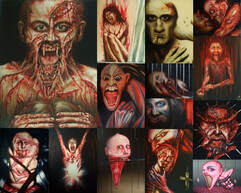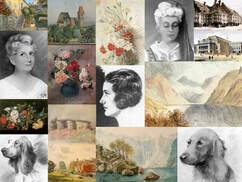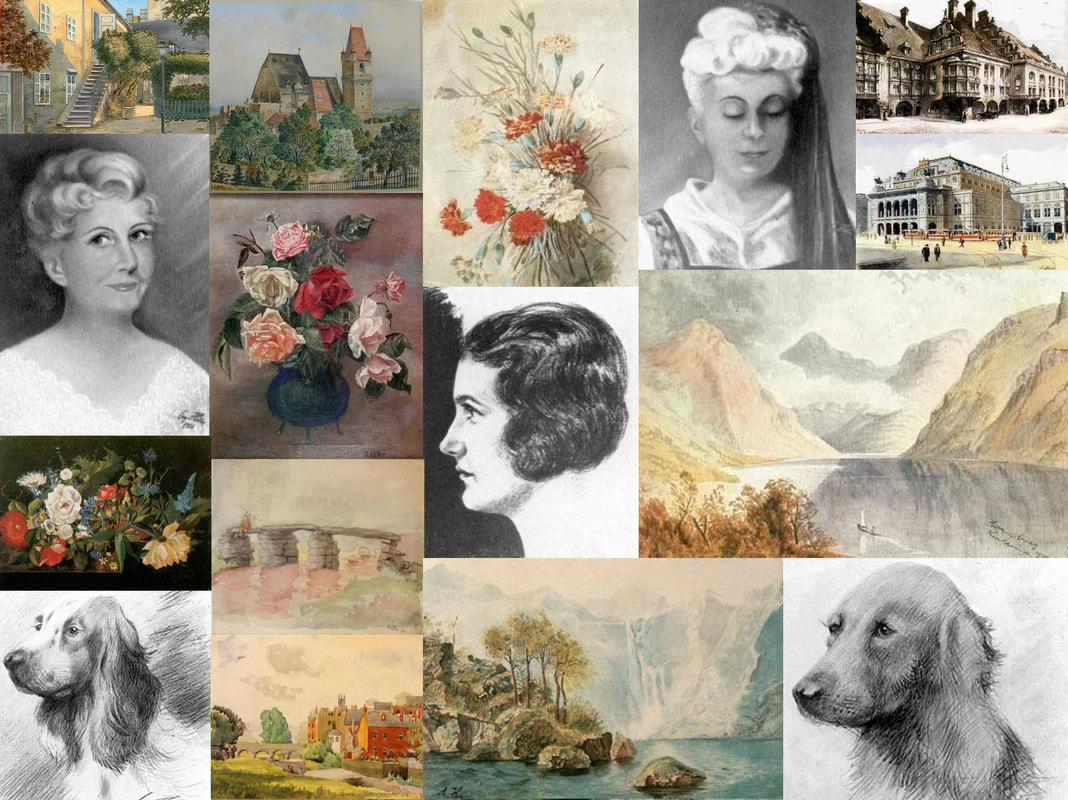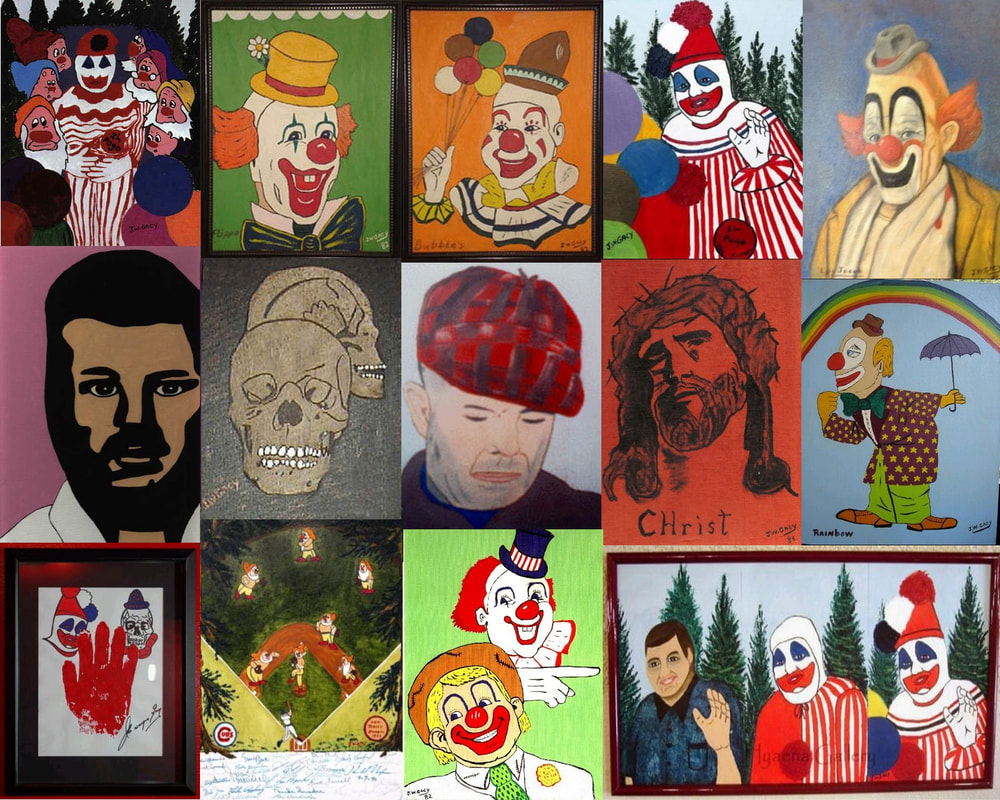|
The discovery of the mobius strip in 1858 by two German Mathematicians, August Ferdinand Möbius and Johann Benedict Listing gave rise to a new field of mathematics called topology, which is the study of the shape objects assume in space and how these shapes can interconvert into one another. Topology has not only generated useful applications, but it has allowed scientists to make some fundamental discoveries in physics such as new states of matter and properties of materials. In my previous video, I talked about the most known property of mobius strips, which is the punchline of a version of a classic joke. In the video below, I demonstrate more remarkable but lesser-known properties of mobius strips which arise when you cut them in different ways. The video also features an unexpected cameo by science cat! If you want to gain an intuitive understanding of how the above properties are possible, I encourage you to view the excellent video below by the folks from the YouTube channel Think Twice.
0 Comments
A Mobius Strip is a unique topological object with fascinating properties. It was discovered independently in 1858 by two German Mathematicians, August Ferdinand Möbius and Johann Benedict Listing. Mobius strips are actively studied in several fields of science and have been used in many applications from continuous-loop recording tapes and typewriter ribbons to computer print cartridges, electronic resistors, and conveyor belts. The Mobius strip has also been used in art including many science fiction stories. This is the first part of a two-part post about mobius strips. In the video below, I demonstrate their most known property which is part of the punchline of a version of a classic joke. On a recent trip, I was hiking through Big Ridge State Park in Tennessee, and I came across some remarkable patterns in maple leaves. These circular multicolored patterns resemble eyes, and they really stood out among the foliage. I figured out these patterns must be the consequence of the effect of some pathogen on the leaf, but I had never seen anything like it. When I got back home, I did some searching, and I solved the mystery! The circular patterns are called “maple eyespot galls”, and they are caused by the larvae of flies called ocellate gall midges. These flies deposit their eggs on the underside of red maple leaves. When the eggs hatch, the larvae interact with the leaf inducing it to form a small swelling called a “gall” from which it feeds. Around the swelling, the leaf experiences changes in the concentration of its pigments. The levels of the green pigment chlorophyll decrease exposing the yellow pigments called carotenoids, and at the same time the leaf produces a red pigment called anthocyanin, which it doesn’t normally produce until autumn. After feeding on the leaf for a few weeks, the larva drops to the ground, pupates, and remains there through summer, fall, and winter to emerge as a fly in the spring, mate, and repeat the cycle. I also wondered who studied this fly?  Carl-Robert Romanovich, Baron von der Osten-Sacken Carl-Robert Romanovich, Baron von der Osten-Sacken He was a gentleman with the amazing name of Carl-Robert Romanovich, Baron von der Osten-Sacken. He was a Russian entomologist who pursued a career in the Russian diplomatic service and lived in the United States from 1856 to 1877. During these years, and despite his diplomatic duties, Osten-Sacken found time to pursue his interest in flies and published several articles in scientific journals making important contributions to the study of American insects. Part of his work concerned the study of plant deformations caused by insects (galls), and he was the first scientist to describe the ocellate gall midge flies and the galls they produce on maple leaves in 1862. He gave these flies the scientific name of Acericecis ocellaris. The term “Aceresis” is the genus of the fly, and it has to do with the scientific name of the type of maple tree where these flies lay their eggs, Acer rubrum, the red maple tree. Ocellaris, the species of the fly, is a name derived from the Latin word “ocellus” which means “eye” and refers to the apparent eye-like shape of the spots caused by the larva on the leaves. The things you learn from a hike in the woods! The leaf pictures belong to the author and can only be used with permission. The photograph of Osten-Sacken from the United States Library of Congress is in the public domain. Art is held by many to be an expression of some of the most intimate aspects of an individual’s self. Some people even claim that you can gain insight into who a person is from the art they produce. I don’t know if this is true, but let’s put the concept to test. Below I present to you a collage of paintings by six painters, but here is the twist. Three of these painters were people who either murdered others, assisted in bringing about their deaths, or ordered their execution. Can you tell the murderers from their art? Give it a try without looking up the paintings. You can leave a comment with your guesses in the post or in the Tweet (but please don’t spoil it for others). I will post the identities of the painters at the end of this page in one or two weeks and notify everyone who commented. Painter-1 Painter-2 Painter-3 Painter-4 Painter-5 Painter-6 Below are the identity of the painters and the stats regarding the replies of the 22 people who ventured a guess as to who the murderers were.  Painter-1 Painter-1 These are some of the paintings by Dr. Jack Kevorkian, a euthanasia activist who in the nineties assisted 100 plus terminally ill patients to commit suicide employing a machine he had built and which the patient operated (The Thanatron). While not technically a killer, and in fact considered a hero by many, Kevorkian was always in trouble with the law for his activities. He was finally charged with second degree murder in 1999 for directly delivering the drugs that killed one of his patients. He was imprisoned for 8 years and died in 2011. Kevorkian was also a Jazz musician.  Painter 2 Painter 2 These paintings were made by Suzzan Blac. Their gruesomeness reflects the fact that the author suffered severe emotional and sexual abuse while growing up in an impoverished household, eventually leading to depression and substance abuse during her adolescence. She uses these terrible images to denounce pornography and violence against women and children. The story of how she triumphed over her demons through art and aided by her caring husband is narrated in her biography “The Rebirth of Suzzan Blac”.  Painter-3 Painter-3 These paintings were made by Andrew Wyeth (1917-2009), one of the most famous American painters of the twentieth century. The themes of his work were the land and the people in Pennsylvania where he lived.  Painter 4 Painter 4 These paintings were made by one of the greatest mass murderers in history, Adolf Hitler. When he was a young man, he wanted to become an artist and one wonders whether the course of world history would have been different if the Academy of Fine Arts in Vienna had not rejected his applications. Do you see any evidence in these paintings of the monster he would later become?  Painter-5 Painter-5 This artist is Stephen Gammel, an American illustrator of children’s books and winner of the Caldecott medal. The works featured in the collage are illustrations that accompanied the collections of scary stories authored by Alvin Schwartz in the 1980s, which are still popular today.  Painter-6 Painter-6 These paintings were made in prison by John Wayne Gacy an American serial killer who murdered at least 33 teenage boys and young men in the seventies stuffing many of the bodies into the crawl space of his house. The clown motif in many of his paintings is due to the fact that he would dress like one (he called himself Pogo the clown) and attend charitable events and children’s functions. He was executed in 1994. So, where you able to tell the murderers from their art?
Of the 22 people who posted a guess, only two got the three murderers right. The murderer Gacy received 77% of the vote, so either there is something really disturbing about his art, or people had seen it before and maybe even unconsciously were able to identify it. Blac’s art is the most unsettling of all in terms of the sheer grisliness of the images, but perhaps its presence in the list is far too obvious, so she only received 36% of the vote. Gammel’s gruesome art seems a bit childish and out of character for a murderer (it was featured in children’s books after all), so maybe that’s why he got only 32% of the vote. The euthanasia activist Kevorkian received 36% of the vote, but was he a murderer? In any case his art seems a bit more refined than Gacy’s, so maybe that’s why he didn’t gather more votes. The great surprise was the American painter Wyeth who with 64% of the vote was in second place ahead of Hitler who received 55%! What is it about Wyeth’s paintings that some people thought to be probably those painted by a murderer? And what about Hitler? Maybe his art did not reflect his inner world because he was just trying to paint the reality around him. If anything, the lack of an abstract or fantastic element in his paintings is similar to those of Wyeth. There is clearly some correspondence between what is going on in the painter’s life and his or her paintings, but the link can be difficult to interpret. Is the painter a monster or is he/she merely trying to exorcise inner demons or painting for a theme? Also, if the painter is just merely painting what they see around them, their inner reality may not show in their work. Finally, if the painter has had no formal training in painting, their paintings may be considered more suspect than those of one who did. Although Gacy and Hitler were in the top three choices of the people who guessed the murderer, the inclusion of Wyeth is notable. Similarly, Kevorkian's paintings were rated no different from those by Blac or Gammel. I think that from this exercise we can surmise that in the absence of other evidence, it is perilous to conclude anything about the nature of a person from their art. A case in point is that of Tim Masters who was wrongfully convicted in 1999 of the murder of a woman mostly based on a psychologist's opinion regarding his gruesome doodles. Note: I do not own the rights to these paintings, they are included in the collages for the purpose of comment as per the doctrine of fair use. |
Details
Categories
All
Archives
June 2024
|






 RSS Feed
RSS Feed